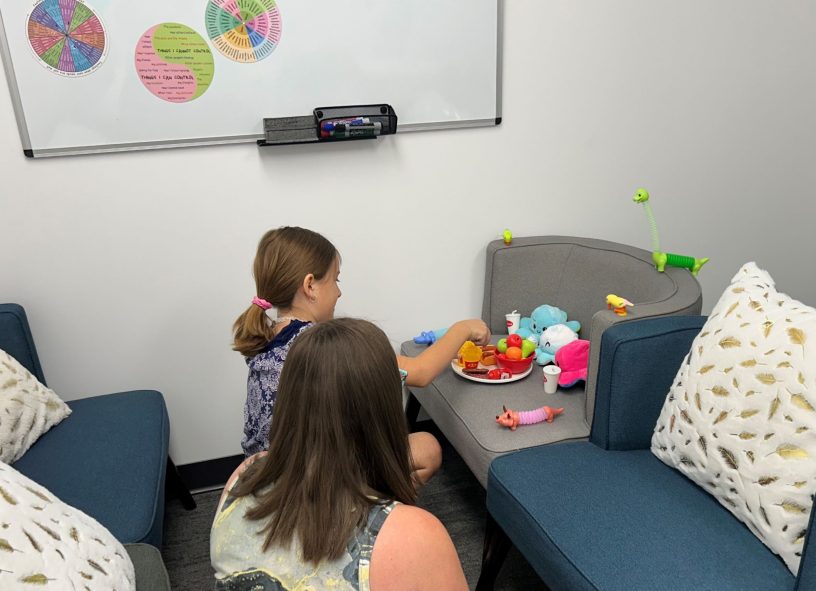When it comes to counselling for kids and teens, traditional talk therapy might not always be the best fit. Children and adolescents often express themselves in ways that go beyond words, which is why incorporating art and play into counselling sessions can be so impactful. These creative approaches provide a safe and engaging way for young people to explore their emotions, build skills, and navigate challenges.
Why Art and Play?
Art and play are natural forms of communication for children and teens. Through drawing, painting, storytelling, and imaginative play, they can process feelings and experiences they may struggle to articulate verbally. These activities create a non-judgmental environment where young clients feel comfortable and supported.
How Art Helps in Counselling
Art-based interventions tap into a child’s creativity and intuition. By drawing, sculpting, or painting, they can externalize thoughts and emotions, making them easier to explore. For example:
- A child struggling with anxiety might draw their “worries,” helping them visualize and understand what’s troubling them.
- Teens often use art to express complex emotions like frustration or sadness, especially when words feel inadequate.
Art also helps develop problem-solving skills, as kids learn to explore and interpret their creations with the guidance of a counsellor.
The Role of Play in Therapy
Play is essential for younger children, allowing them to communicate through their natural language—imagination. Play therapy can involve:
- Role-playing: Acting out scenarios to understand and manage emotions.
- Games: Developing social skills, patience, and resilience.
- Storytelling: Helping children process experiences and develop a sense of control.
Through play, counsellors can observe behavior patterns, offer guidance, and empower children to navigate their challenges.
Benefits of Art and Play in Counselling
- Emotional Expression: Kids can process and release emotions they may not have the words to describe.
- Stress Relief: Creative activities and play naturally reduce stress and anxiety.
- Skill Development: Improves communication, problem-solving, and self-regulation.
- Connection Building: Fosters trust between the child and the counsellor.
When to Consider Art and Play Therapy
Art and play therapy can be beneficial for children and teens experiencing:
- Anxiety or depression
- Grief or loss
- Trauma
- Behavioral challenges
- Social difficulties
If your child struggles to open up or seems overwhelmed, creative counselling approaches can offer a path toward understanding and healing.
Why It Works
The effectiveness of art and play in therapy lies in their ability to meet kids and teens where they are. These methods adapt to the child’s unique needs, fostering growth in a way that feels natural and enjoyable.
At Calgary Mental Health & Wellness Centre, we believe in the transformative power of art and play in counselling. Our therapists use these approaches to help kids and teens feel seen, heard, and supported.
Would you like to learn more or book a free consultation? Let’s work together to nurture your child’s emotional well-being.







